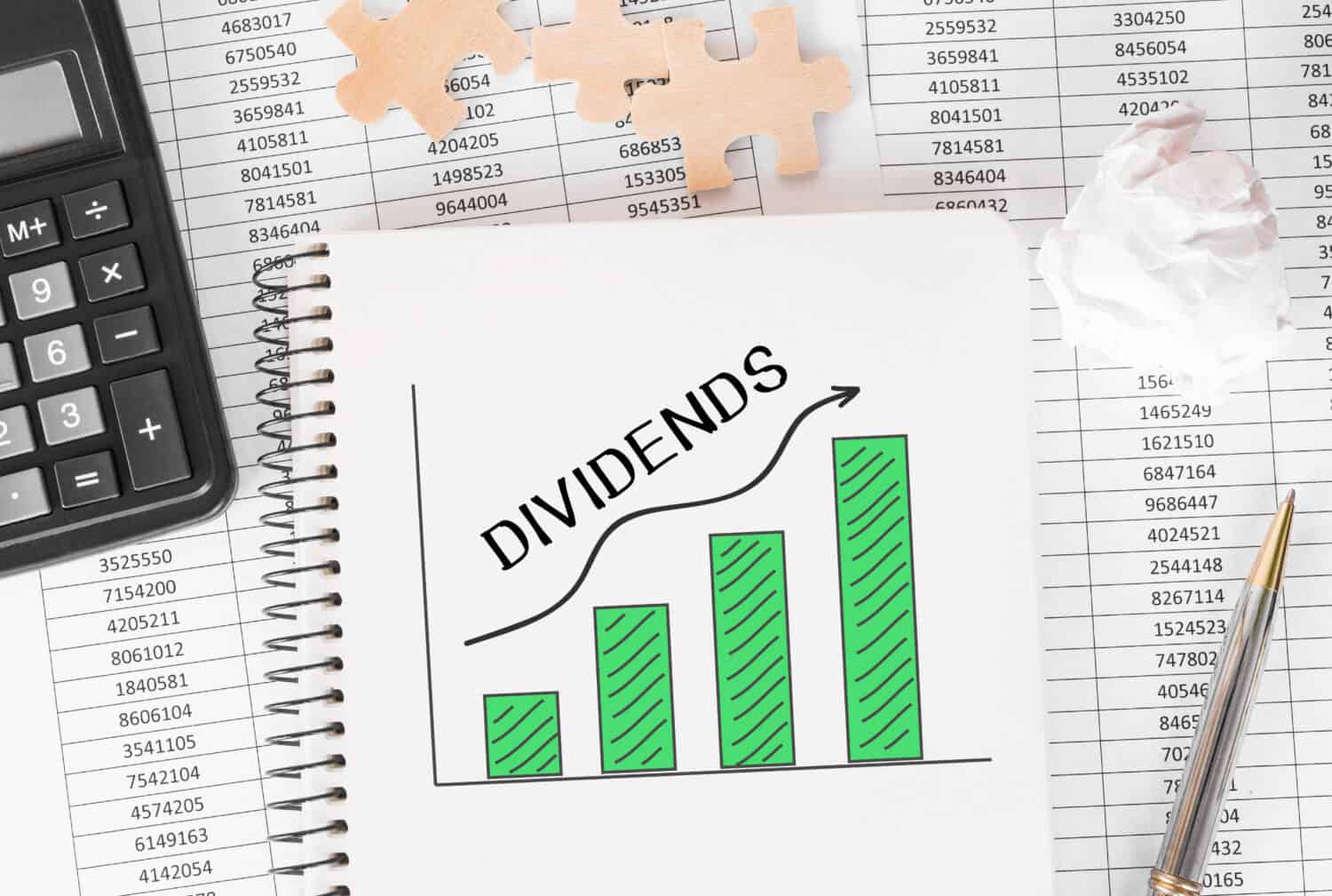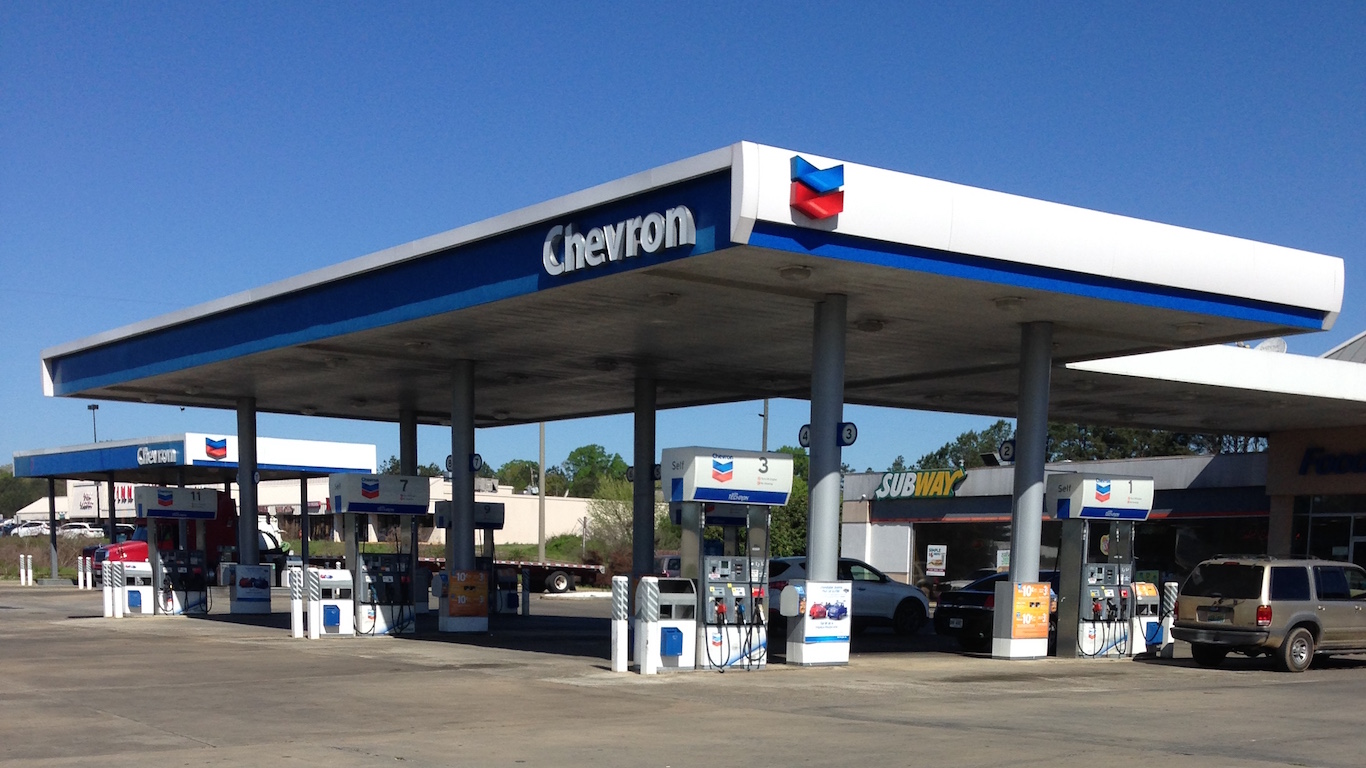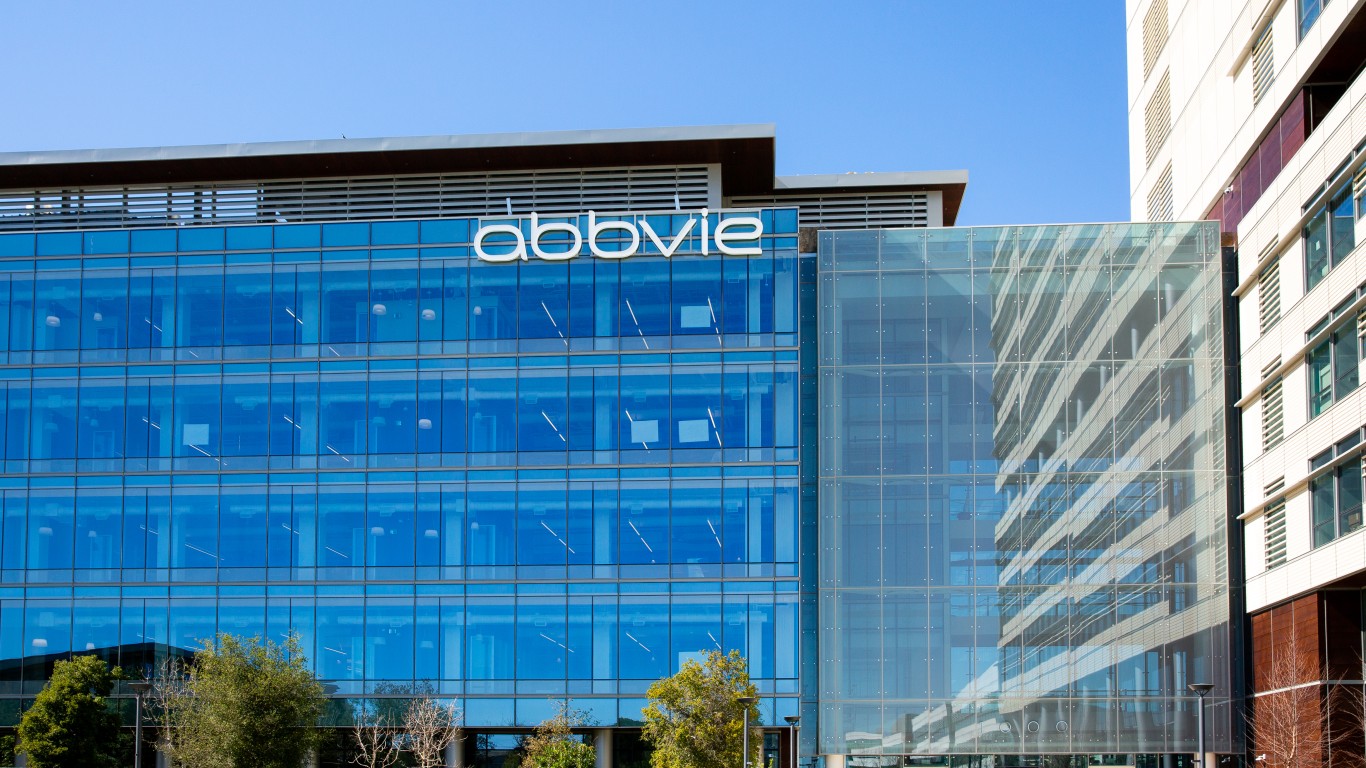
Companies with high dividend yields are relatively uncommon in this market. In fact, the average yield on the S&P 500 (albeit one which is heavily weighted toward tech stocks) is around 1.2%. So, finding stocks yielding more than 4% can substantially diversify a given portfolio, and provide an income boost in times like these, where so many investors are weighted so heavily toward low-dividend tech stocks.
One would argue that investors largely have to be – that’s where the growth is right now. But having a certain percentage of one’s portfolio in higher dividend-paying stocks can be a good thing for investors looking to retire and earn enough income to avoid having to sell off substantial portions over their portfolios.
The three dividend paying stocks I’m going to discuss below are all dividend aristocrats, having raised their distributions each and every year for more than a decade. These companies are among the best in class in their respective sectors, and are companies I’d consider as long-term potential cornerstones of a dividend portfolio.
Without further ado, let’s dive in.
Key Points About This Article:
- Investors looking for higher-yielding dividend aristocrats have come to the right place.
- These three companies are among the best of the best in their respective sectors, and could be considered long-term cornerstones of a dividend investing strategy.
- If you’re looking for some stocks with huge potential, make sure to grab a free copy of our brand-new “The Next NVIDIA” report. It features a software stock we’re confident has 10X potential.
Realty Income (O)

Realty Income (NYSE:O) is a leading real estate investment trust (REIT) focused on providing investors with exposure to a diversified basket of real assets in a number of key markets.
Like other REITs, Realty Income’s exposure to interest rates is significant. As interest rates rise, the company’s cost of acquisition and expenses rise as well. This means less net income to pass onto investors in the form of dividends, which Realty Income pays out to investors on a monthly basis.
Thus, as interest rates come down (or are projected to at least), investors stand to benefit. Additionally, should the economy improve thanks to tax breaks and other growth-oriented initiatives the Trump administration is likely to put into pay, this REIT could benefit.
The consumer appears to remain strong, and Realty Income remains well-positioned to weather economic challenges as they may arise. With a dividend yield of 5.6% at the time of writing, this particular REIT is among my top picks in this sector. The company has continued to see annual funds from operations growth of around 4%-5%, and that trend is expected to continue for some time. And with the company having raised its monthly dividend every quarter for 27 years, there’s a lot to like about this REIT’s income generating potential for any portfolio in the decades to come.
Chevron (CVX)

Energy is important to the global economy, but oil and gas stocks are volatile, so choosing a resilient dividend stock is key. Chevron (NYSE:CVX) is a top energy player that provides investors with a 4.3% yield. Aside from the yield, Chevron has impressively increased its dividend for 37 years, meaning investors in such a name get the blue-chip status, attractive valuation, and rising income over time that comes with owning such a name. There’s a reason why investing giants such as Warren Buffett have invested in this stock in the past – it’s a true blue-chip gem worth owning for the long-haul.
As one of the largest integrated energy companies, Chevron has the ability to withstand commodity price swings with a conservative balance sheet and low leverage. This helps ensure dividend stability, even during downturns. Chevron is a strong pick for investors seeking a dividend paying stock in November, and particularly so for those looking for oil and gas portfolio exposure.
Chevron’s Q3 results showed a 7% increase in global production to nearly 3.4 million BOE/d, driven by record Permian Basin volumes and the PDC Energy acquisition. Key Gulf of Mexico projects, including Anchor and Jack/St. Malo, are set to boost output by 300,000 BOE/d by 2025. Expansion efforts in the Permian, Kazakhstan, and more should support growth through 2027. The pending Hess acquisition would add Gulf, Bakken, and Guyana assets, extending production growth into the 2030s and potentially doubling free cash flow by 2027 if oil remains at $70 per barrel.
Additionally, Chevron’s growth investments aim to boost its high-margin production, increasing capital returns and free cash flow. The company is optimizing its portfolio by selling non-core, lower-margin assets, including a recent $6.5 billion Canadian sale to Canadian Natural Resources, aligning with its focus on higher-value, lower-carbon assets. Expected sales in the Congo and Alaska this quarter contribute to Chevron’s broader $10-$15 billion divestment plan through 2028 to strengthen its financial position.
AbbVie (ABBV)

Since its 2013 spinoff from Abbott, AbbVie (NYSE:ABBV) has boosted its dividend by 288%. Currently, the company’s stock now yields around 4%, qualifying it as a Dividend King. And while this dividend yield may not be ultra-attractive for the average investor, it’s worth noting that this yield was a lot higher before the stock took off on its recent run toward new all-time highs.
The company’s recent growth has slowed, with Q2 revenue up 4.3% due to Humira’s patent loss. However, AbbVie expects high single-digit compound growth through 2030 driven by surging sales of Humira successors Rinvoq and Skyrizi, ovarian cancer drug Elahere, Botox, and migraine drugs Ubrelvy and Qulipta.
As a a major pharmaceutical company, AbbVie combines growth focus and innovation, making it a strong dividend stock. Recent acquisitions including ImmunoGen in oncology and Cerevel Therapeutics in neuroscience have expanded its drug pipeline. And with robust free cash flow of $17.8 billion over the past year, AbbVie is able to easily cover its $10.8 billion dividend payouts while supporting growth initiatives. Its 4% dividend yield is triple the S&P 500 average, and a 45% increase in its dividend over five years reflects a CAGR of 7.7%, potentially doubling in about nine years.
I’m of the view that any of these three stocks may make excellent portfolio additions for investors seeking growth and yield in today’s uncertain environment.
It’s Your Money, Your Future—Own It (sponsor)
Are you ahead, or behind on retirement? For families with more than $500,000 saved for retirement, finding a financial advisor who puts your interest first can be the difference, and today it’s easier than ever. SmartAsset’s free tool matches you with up to three fiduciary financial advisors who serve your area in minutes. Each advisor has been carefully vetted and must act in your best interests. Start your search now.
If you’ve saved and built a substantial nest egg for you and your family, don’t delay; get started right here and help your retirement dreams become a retirement reality.
Thank you for reading! Have some feedback for us?
Contact the 24/7 Wall St. editorial team.





